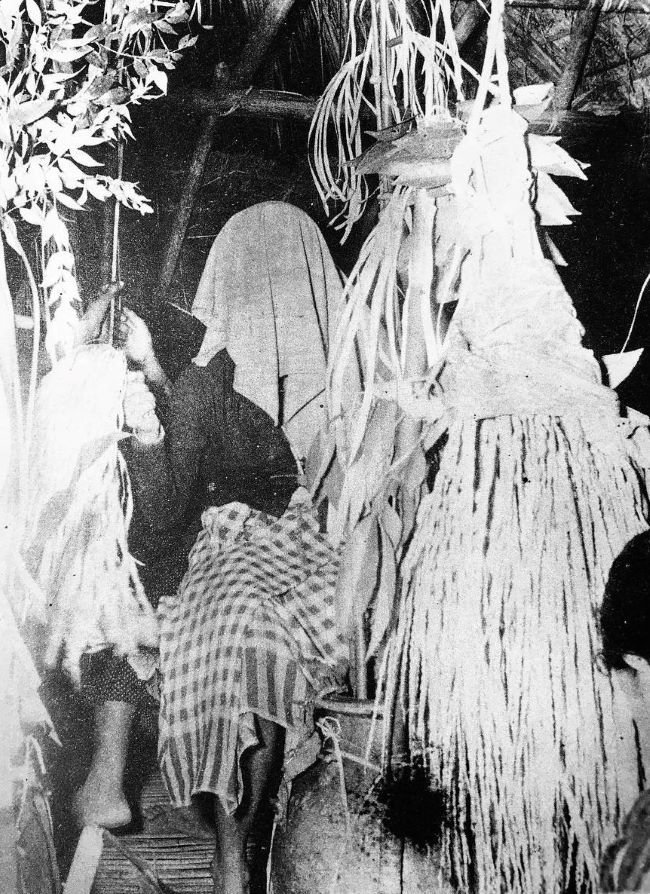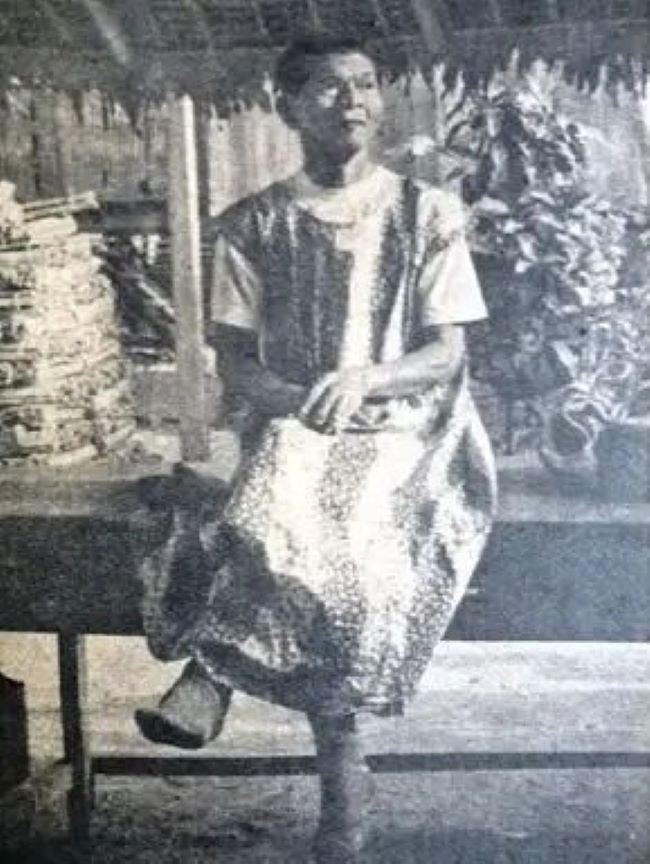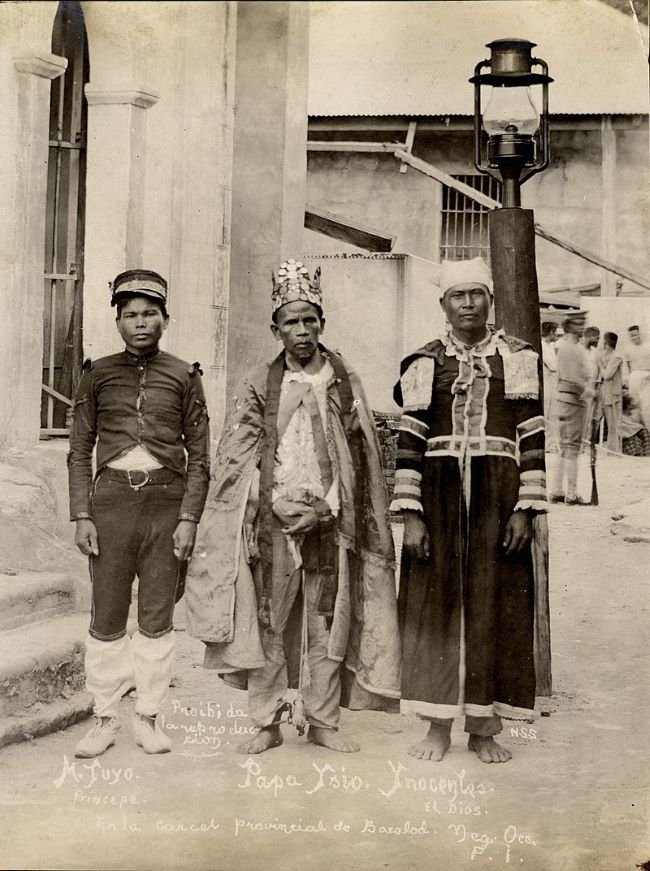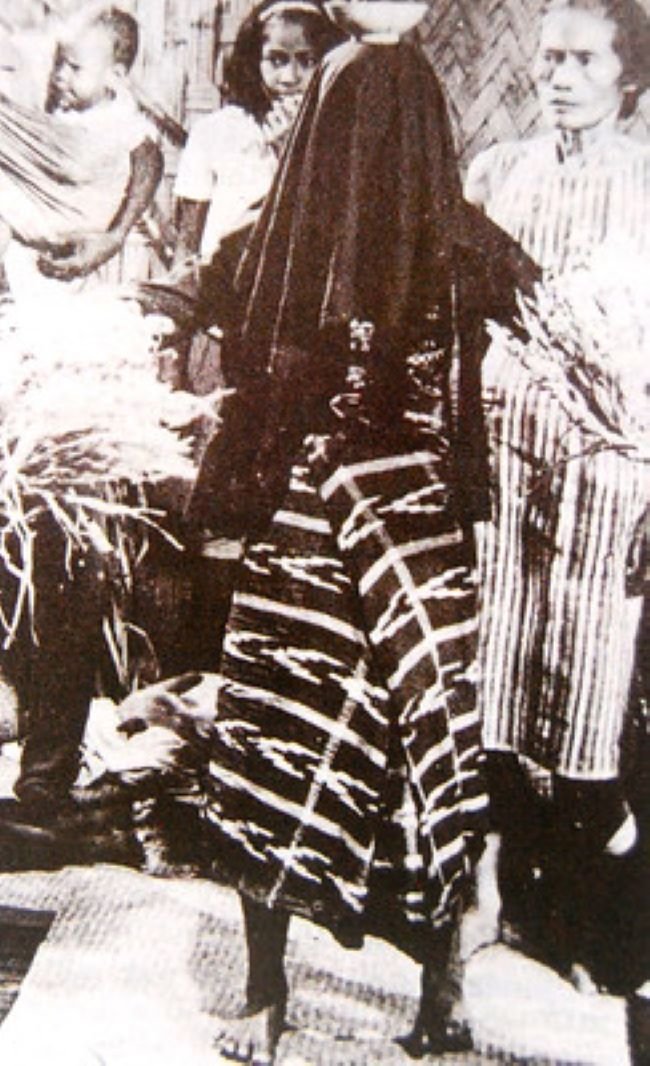Forgotten Heroes: Meet the gender-crossing babaylans who defied the Spaniards

The babaylans were among the most influential people in the pre-colonial Philippines. They are the most powerful female sorcerers and priestesses after the Datu. Their range of influence includes social, political, religious, medical, and spiritual concerns. Because they have the ability to call spirits and deities, as their name indicates, elder ladies, or “babayi lang,” were given this significant role.

Meanwhile, there were also male babaylans who exuded the same mystique and charm as female babaylans. In the Philippines, gender experimentation and cross-dressing have a long history. Typically, they comprise third-sex people known as “asogs” or “bayogs.” Male babaylans dressed and behave like women and had open homosexual relationships. Their unusual status as people who identified as both genders carried a compelling signal of reunification—a group that rose to prominence for defying Spanish control.
Male Bayalans rebelled against the Spanish for freedom. These gender-crossing babaylans who have descended to us used their strength and influence to change time and events. In such periods, the third gender does have a significant amount of power, demonstrating how gender was not a major issue before.
3 male babaylans who revolted against Spain in the 17th century are the following:
Tapara or Tapar
The rebellion that Tapara or Tapar, a babaylan from Labunao, Iloilo, started in 1663, and became well-known. Fray Juan Fernandez, who recorded significant occasions in the pueblos of Iloilo, characterized Tapar as a mystic who behaved and dressed like a woman. In the village of Oton, they established a modified form of Christianity that the Spaniards regarded as sinful or immoral. They guided their people through a form of folk Christianity while leading their uprising against an influential colonial missionary.
They killed Fray Francisco de Mesa of Oton during the revolt. Despite Tapar and their allies’ popularity and charisma, colonists ultimately overpowered them. The natives were pretty much-made gods, something the Spanish were probably unaware of. The Spaniards eventually defeated the rebellion and killed and crucified Tapar and his allies.
Ponciano Elofre or Dios Buhawi
Ponciano Elofre, a skirt-wearing, reportedly bisexual man, led 2,000 people in a revolt against the Spaniards more than 200 years later. This effeminate Bisaya babaylan served as the town chief of Zamboanguita in Negros Oriental under the name Dios Buhawi (Whirlwind God). In 1887, as a charismatic and well-respected rebel, he led many religious and political uprisings against Spain.

Photo from: Sunday Times Magazine
Moreover, since the Spanish mistreated them for not paying taxes, Dios Buhawi rallied their people against forced tax payments. As a consequence, they launch many attacks against Spaniards with the help of their supporters. However, Cris Elofre, the father of Ponciano, was murdered by the Spanish in order to “teach them a lesson.”
Further, Dios Buhawi preserved religious freedom and resurrected his people’s animist rituals—acts that the Christian colonists hated. Unfortunately, Spanish soldiers murdered him during a raid on the near town of Siaton in August 1888. Because she lacked her husband’s charisma, his wife Flaviana Tubigan tried to lead the armed movement rebellion but failed eventually.
Later on, a different leader assimilated many of Elofre’s followers. Papa Isio’s syncretized Christian-shamanic revolt of the babaylans absorbed them. He was a well-known leader and was possibly Elofre’s former subordinate before he rose to prominence when their uprising collapsed. Later, the Americans put Papa Isio in jail. He died in a Manila prison in 1911, under US colonialism.

Gregorio Lampino
Lampino is regarded as an iconic gay leader of the Capiz-based Pulahan. The Visayan religious revival cult known as Pulahan, or Dios Dios, was a well-known organization before the Revolution, and members could be identified by their red clothes. Around 15,000 people used to join them.
Quentin Salas, the commander of the revolutionary army, asked Pulahan Hermenegildo Maraingan for assistance when Iloilo joined the uprising against Spain. Gregorio Lampino of Lambuanao, Iloilo, a homosexual who and regarded as one of Maraingan’s secondary leaders, became Maraingan’s dependable assistant. He took part in raids on Spanish territories in Capiz.
After a period of time…
Prior to colonialism, women predominated in the babaylan position, with feminized males being a minority. Beginning in the early years of Spanish control, Abrahamic patriarchal traditions subsequently changed this. It leads however to an inflow of feminized males working as shamans. Later, the babaylans either disappeared or, in certain places, were mixed with Abrahamic beliefs.

Many of our babaylans resisted imperial demands throughout the colonial era in the name of independence. Let’s remember our babaylans as we reflect on the struggles and victories that Filipinos have experienced. They are also heroes because they fought for a more ancient form of independence for their own people.
Looking back, we can see that these three male babaylans did not hide their identity. In fact, they battled for the nation and their beliefs. They were fortunate that society at that time did not tolerate discrimination and prejudice.
I hope these babaylans who defended their people and rebelled against the repressive government serve as an inspiration to us. They have conviction, are bold, and are fierce, and I hope we can have these attributes. We, as queers, battle against the prejudice and discrimination we encounter every day, much like these babaylans did against the oppressive Spaniards.











